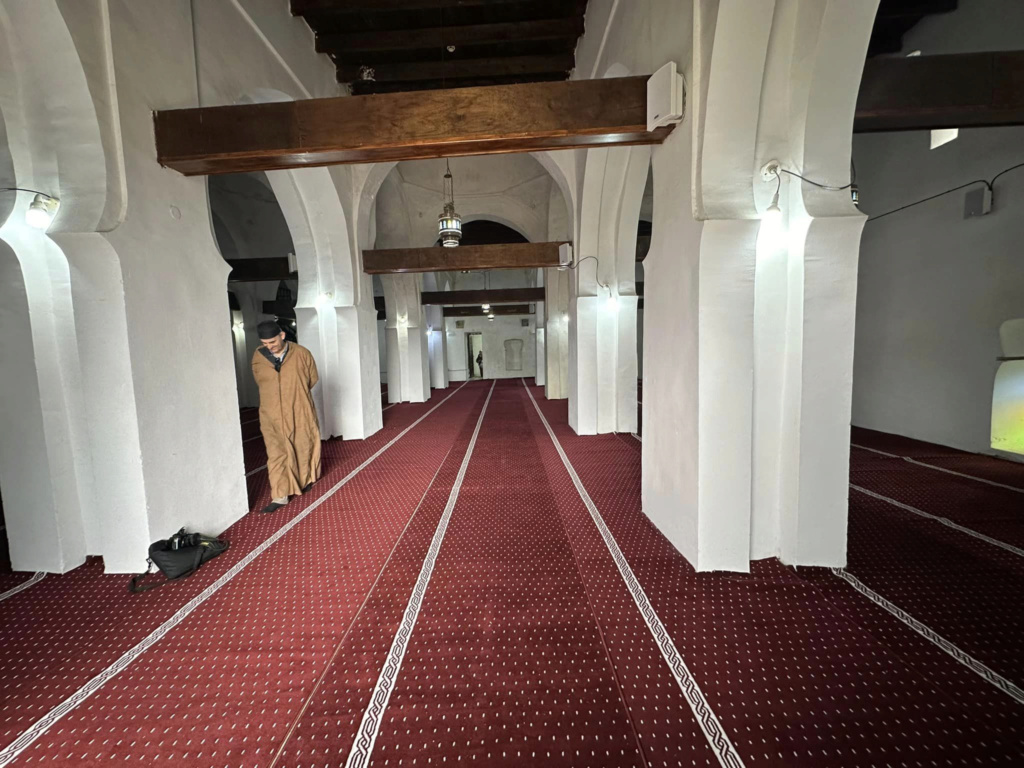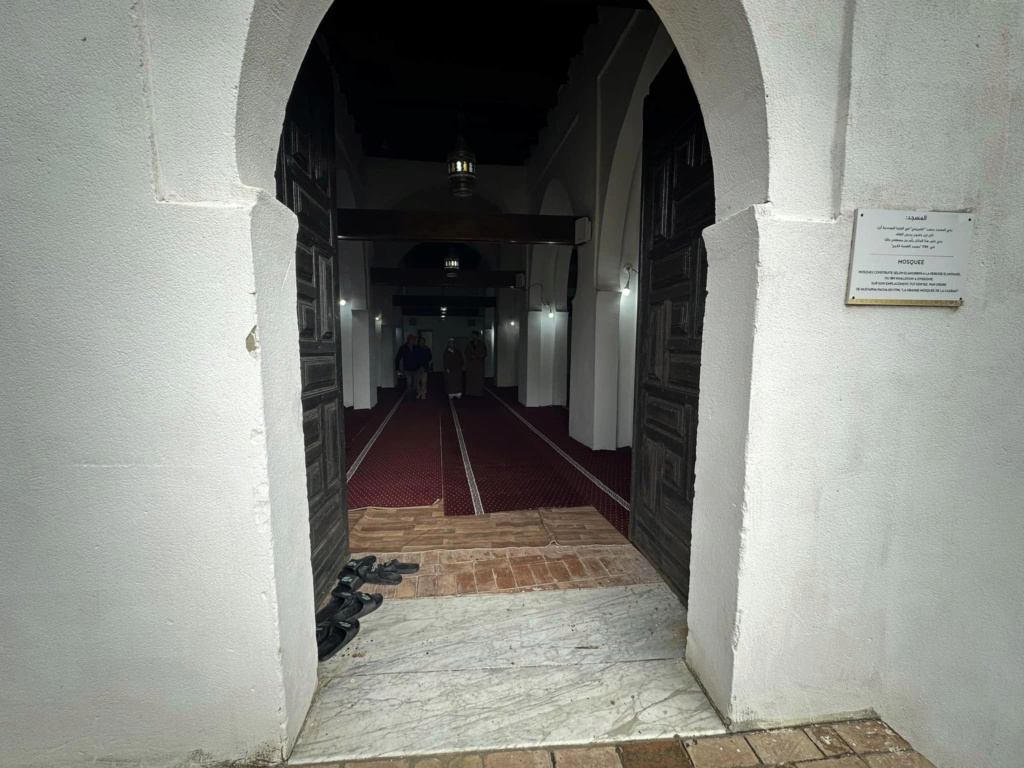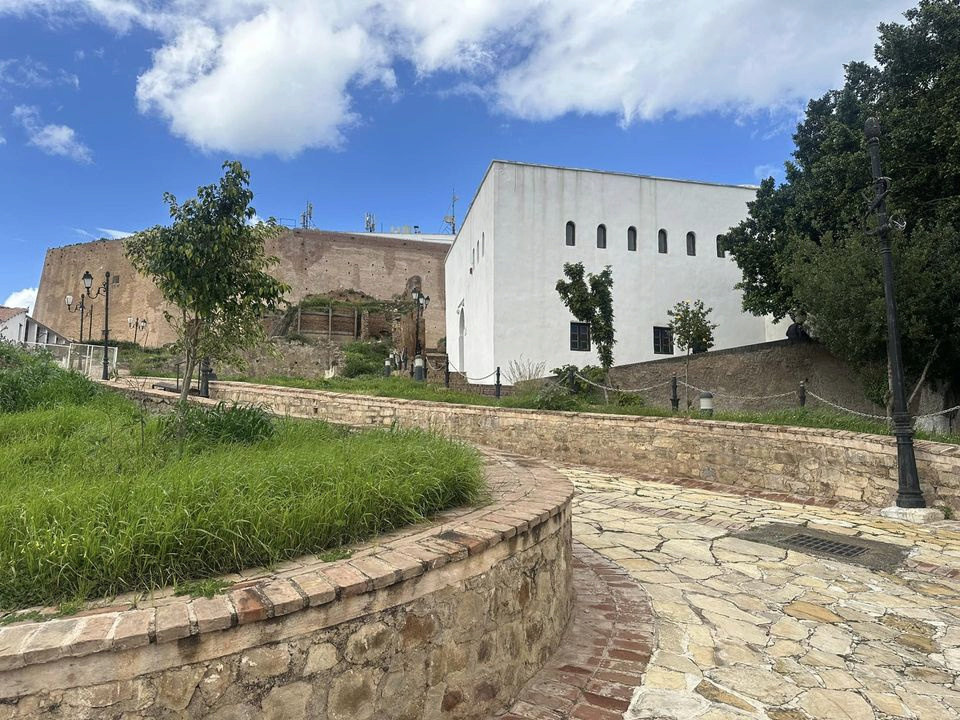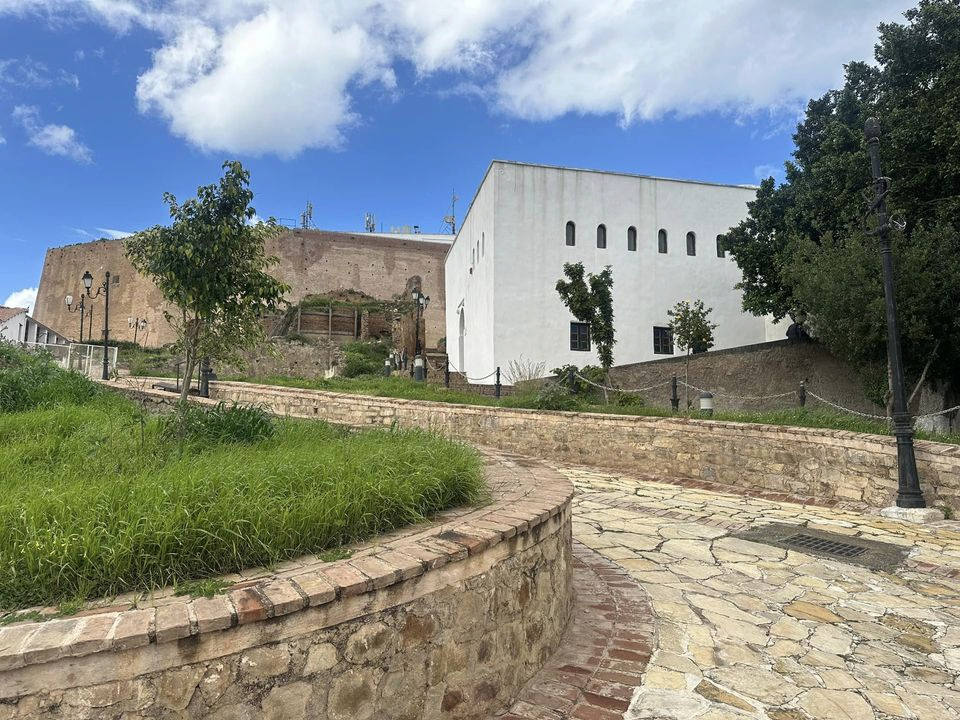The ancient Kasbah Mosque

The Great Mosque was built during the construction of the Kasbah of Bejaia by Prince Al-Nasser bin Allanas bin Hammad during the period of the Hammadid state. After he began building the city of Bejaia according to the Hammadi urban style, Al-Nasser bin Allanas established the walls of the Kasbah of Bejaia and built several facilities inside them, the most important of which is the “Great Mosque” during the year (465 AH 1073) AD, before the mosque was expanded by the Almohad state, and with the Spanish occupation of Bejaia it was transformed into a Catholic church, and for this reason it survived demolition, then it was restored after the entry of the Turks.
Of the 20,000 square meters of area on which the Kasbah of Bejaia is located, the Great Mosque occupies an area of 400 square metres.

One of the most famous scholars who studied in the mosque
Abu Abdullah Muhammad bin Ibrahim Al-Waghlisi: Sidi Abdul Haqq Al-Ishbili said about him, in his book “Prayer and Tahajjud”: “He had intelligence, prestige, integrity, nobility, and determination. He was one of those who were emulated and relied upon, and he was knowledgeable of the literary and legal writings, ahead of them, and he was relied upon in his time.” In the royal addresses, he composed and answered, and judges relied on him for recordings, and the people of the country used to rush to him for the important documents and strange matters they needed. He was in charge of oratory at the Great Mosque in the Kasbah of Bejaia Mahroussa, and he was eloquent in pen and tongue, and skilled in handwriting.” He met Abu Muhammad Abd al-Haqq al-Ishbili and Judge Abu Ali al-Musili.

Sidi Abu Madin Shuaib taught at the Kasbah Mosque. In addition to the legal sciences, he taught mathematics and Sufism, and he was in the Qadiriyya order. Among his sheikhs was Sidi Abdel Qadir Al-Jalali, and Abu Ya’izza, the Sufi scholar, and several virtues appeared through his hands, as Ibn Qunfud Al-Qasantini mentioned in his book. His book, "Anas al-Faqir and Izz al-Haqir", participated in the Crusade wars, with Saladin al-Ayyubi, along with a group of students and disciples of the Pious, and his right arm was cut off and buried in the Buraq Wall. Saladin gave them the most fertile lands in Jerusalem, and the neighborhood still bears the name of the Mughrabi neighborhood until now. present day.

Sidi Abd al-Haqq al-Ishbili: He is Abu Muhammad Abd al-Haqq ibn Abd al-Rahman ibn Abdullah ibn al-Hussein ibn Sa`id al-Azdi al-Andalusi al-Ashbili. He is known as Ibn al-Kharrat. He was an imam, a memorizer, knowledgeable of hadith and its reasons, and knowledgeable of the conditions of men. He was described as good, righteous, ascetic, pious, and adherent to the Sunnah, with participation in etiquette. Speaking of poetry, Al-Ghubrini mentioned it in his book “The title of knowledge in those who knew among the scholars in the seventh century in Bejaia.” He was born in Seville in the year 514 AH, corresponding to 1119 AD. He learned it, then moved to Bejaia and settled there. He taught and preached in the Grand Mosque, now known as the Ibn Khaldun Mosque. .

Sayyid Abd al-Rahman al-Tha`alabi was born in the town of Yussr, currently in the state of Boumerdes. He entered Bejaia in the late eighth century, the beginning of the ninth century, and learned from Sidi Othman al-Manqalati. He said in his book al-Jawahir al-Hassan fi Tafsir al-Qur’an when interpreting the Almighty’s saying, “Unless to God do things happen,” after he said: He opened a parenthesis: “I entered Bejaia at the end of the eighth century, the beginning of the ninth century, and I found the students of Sidi Abd al-Rahman al-Waghlisi available, and the mainstay of my reading there was Sidi Othman al-Manqalati in the Ain al-Barbar Mosque.” The latter was built on its ruins by the Sidi Sufi Mosque, one of whose most famous students was Sidi Muhammad ibn Abd al-Karim al-Mughili. He married him to his daughter, i.e. his student and son-in-law at the same time.
Source: websites

